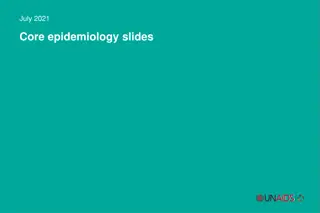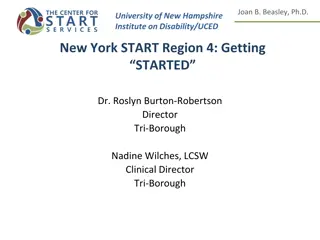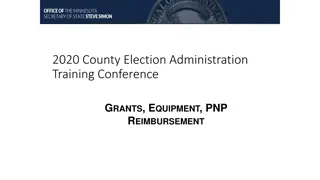
Innovative Equipment and Camera Features for Astronomical Observations
Explore the latest advancements in astronomical equipment and camera technology, including enhanced observing aids, GPS-enabled cameras, USB standards, and digital testers. Discover how these innovations are revolutionizing data capture and connectivity in the field of astronomy.
Download Presentation

Please find below an Image/Link to download the presentation.
The content on the website is provided AS IS for your information and personal use only. It may not be sold, licensed, or shared on other websites without obtaining consent from the author. If you encounter any issues during the download, it is possible that the publisher has removed the file from their server.
You are allowed to download the files provided on this website for personal or commercial use, subject to the condition that they are used lawfully. All files are the property of their respective owners.
The content on the website is provided AS IS for your information and personal use only. It may not be sold, licensed, or shared on other websites without obtaining consent from the author.
E N D
Presentation Transcript
Equipment Aids of My Dreams Joan Dunham
Desirable Observing Aids Enhanced prepoint finder charts On a laptop or tablet instead of paper Night mode lighting Screen display progresses with time as the event approaches Drill-down through displays to get to finer and finer detail Display customizable to match screen display or FOV of scope Ability to configure Windows computer to be better at data capture Provide option for stripped mode, removing apps not needed for data capture Maximize data capture priority Batteries that are easily replaced
Camera Wishes Camera with IOTA VTI-like GPS capability Increased sensitivity Weather (dew) resistant Inexpensive On-board temporary capture to minimize dropped frames Possible scenario for current camera designs upgrade Data time-tagging and temporary storage between camera and capture computer Allows high speed data capture which is then forwarded as the capture computer can accept it
USB Comments USB standard emphasizes ease of use and low expense , not precision Issues like these Short USB receptacle, long USB plug Short USB plug, long USB receptacle Loose fitting USB plug, falls out Tight fit, plug can damage receptacle Occasional poor communication when this plug, which is a little too long for the receptacle, is not straight. USB 3.0 standard does not specify a maximum cord length but the maximum practical length for copper wiring to meet the electrical specs is 3m (9.8 ft) USB tester like the Eversame USB Type C tester - helps in resolving problems
USB Digital Tester Communication the amps are >0. No communication note the amps are shown as 0.
USB specifications overview from Wikipedia USB 2 has 4 pins, all on one side USB 3.0-3.2 has 9pins, 4 on one side, 5 on the other USB C has 24 pins, 12 per side The QHY-174 camera USB receptacle is Type B USB 3. This type of connector will not be an option for higher speed USB 3.3 or USB 4. USB C is shown as for USB 3.1 and higher. But some early designs may have only implemented USB-2 options in a USB C plug/receptacle. Note that, in the future, everything but the Type C USB connector is deprecated. In the future we can discard our various cords with different connectors as well as multiple types of adaptors. Also, since the USB C is used for power cords, we no longer will need separate power cords for each device.






















